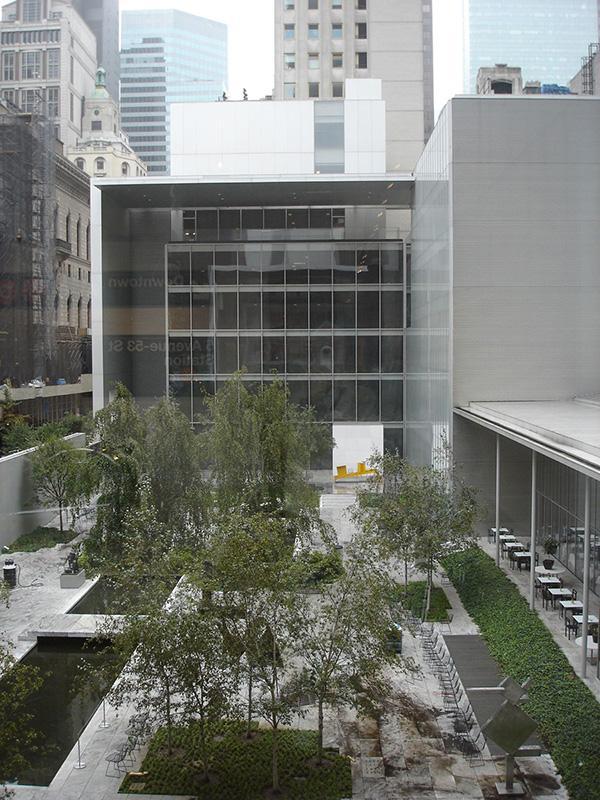Show explores Matisse’s creative jolt
Previously on view in London, the show is now at the MoMA.
October 30, 2014
With autumn comes Henri Matisse’s invigorating paperworks, currently showcased in “Henri Matisse: The Cut-Outs,” at the Museum of Modern Art. The show arrived after five well-received months on view at the Tate Modern in London, where it became the gallery’s first exhibition to exceed half a million visitors.
MoMA has not seen much of Matisse since a major retrospective in 1992 — the Metropolitan Museum of Art, on the other hand, has had two blockbuster Matisse shows in the past decade — but “The Cut-Outs” is a perfect reintroduction. It takes an alluring look at the final surge of creativity in the fauvist’s work and life.
In the early 1940s, a case of duodenal cancer unhinged Matisse’s entire artistic method, limiting his mobility and forcing him to work exclusively from his bed and chair. Yet with the help of several assistants, Matisse began to express himself using colored paper and scissors, transitioning into one of the most creative and innovative periods of his life.
The exhibition opens with “Two Dancers,” one of Matisse’s first works done using the cut-out method, which depicts a woman who springs jovially above a sturdy partner. The woman’s body is laden with small pins, each one tactfully holding a slice of her own paper silhouette in position. This particular work helped initiate the malleable process that Matisse fell in love with. Viewers will only observe more of that creativity as the exhibition unfolds.
Matisse’s excitement for this new form of expression is palpable in the room dedicated to his 1947 book “Jazz.” Figures like “Icarus” glide through star-filled spaces as the viewer learns how Matisse likened the cutting process to “the sensation of flight.” There is, however, a sense of melancholy lying beneath the whimsicalities that spill across the exhibit walls — perhaps from his own physical condition as he painted such lively scenes, or perhaps from the misery the war had caused his family.
A highlight of the exhibition is the short film on display. Gallery visitors can watch Matisse as he sits in his chair, wrestling energetic sheets of paper with oversized tailor’s scissors. The paper wobbles in his hand, but Matisse has a preciseness in intention and movement that quells any sense of fumbling.
Matisse’s cut-out “The Swimming Pool” was the impetus for the exhibition — Karl Buchberg, MoMA’s senior conservator, spent years on its restoration. In 1952, Matisse reportedly became dissatisfied with the heat of his favorite swimming pool in France, so he decided to construct his own. The artwork now lines the walls of an entire room and intimately submerges those who enter. Creatures wallow on all sides, discovering depth in flatness, while the viewer wades alone, deciding whether to swim above or below the water’s surface.
There is an indisputable feeling of liberation in walking among the cut-outs. Matisse’s newfound freedom in old age pervades the exhibit hall through his pliable artwork. Viewers can stroll through his gardens, dive into his swimming pools and revel in the impermanence of it all. The exhibition draws viewers into the sweet, buoyant world that Matisse handled so masterfully in life.
“Henri Matisse: The Cut-Outs” will be on view through Feb. 8 at the Museum of Modern Art, 11 W. 53rd St.
A version of this article appeared in the Thursday, Oct. 30 print edition. Email Henry Chao at [email protected].

























































































































































